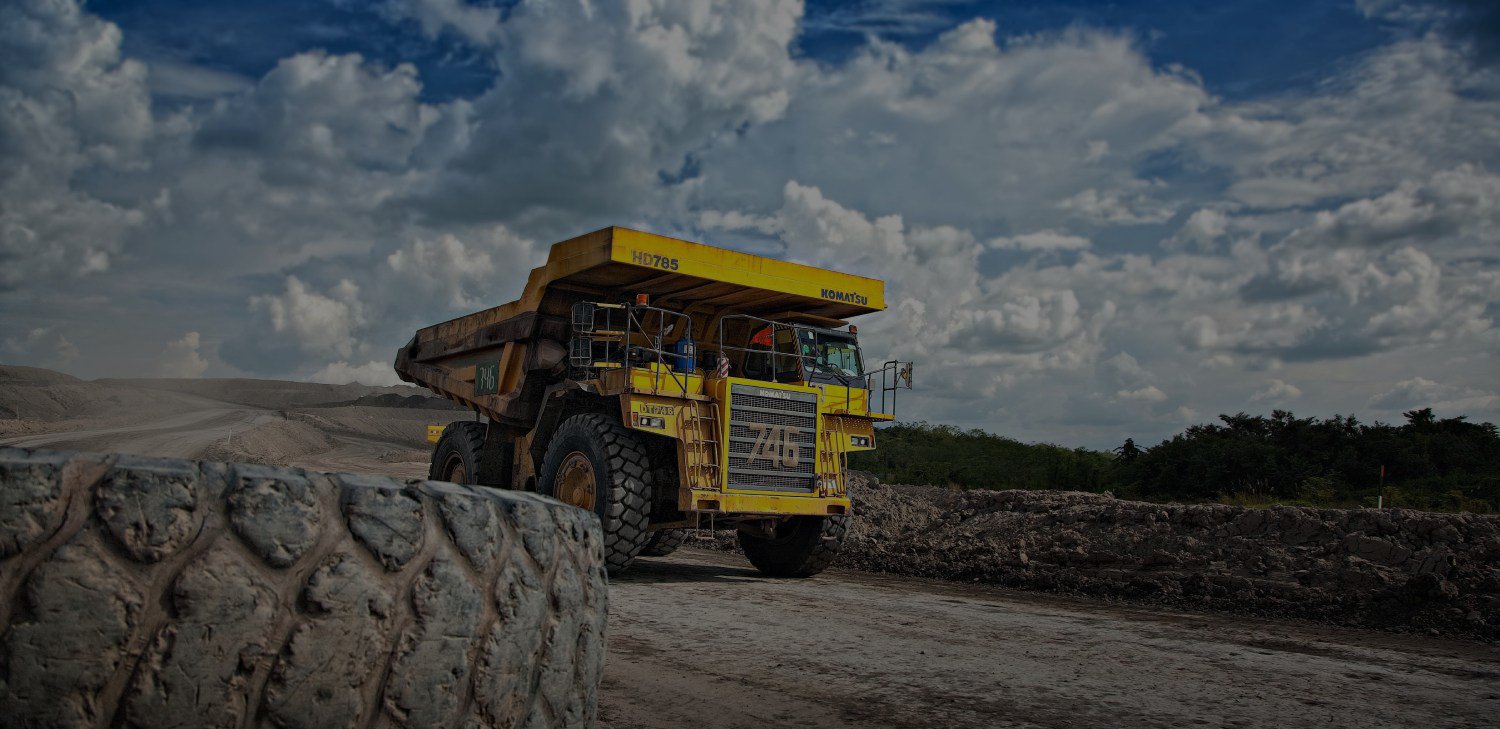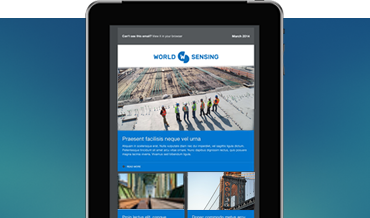Digital transformation of mines webinar: answering the questions of IT and transformation leaders in mines
Digitization is a major opportunity for the mining sector, promising new levels of operational safety and efficiency through the addition of Internet of Things (IoT) and industrial IoT (IIoT) platforms to standard operational technology (OT). But it’s also a realm with a wide array of technology options, with connectivity alone encompassing standards such as Long-Term Evolution (LTE) and Global System for Mobile Communications (GSM) plus low-power wide-area network (LPWAN) protocols such as LoRa (Long Range).
To help make sense of the options available to digital mining operations, IIoT leader Worldsensing and mining giant Vale hosted a webinar on how to leverage IoT technology to advance your mine’s IT strategy. This post covers some of the questions that were left unanswered at the end of the session, with replies from Worldsensing’s director of products, Bernat Trias, and CTO, Albert Zaragoza.
How effective is wireless monitoring in underground mines? Do you only do solutions for tailings dams?
Bernat: Worldsensing’s wireless monitoring system, Worldsensing, features nodes which are ruggedized and have been tested in temperatures ranging from -40ºC to +80ºC, so they can withstand harsh environments such as underground mines. Although we have a lot of deployments in tailings dams, Worldsensing nodes can read multi-point borehole extensometers, pressure cells and other frequently used sensors for underground monitoring. The Worldsensing laser distance meter node can be particularly useful for convergence monitoring.
Worldsensing may also be used as a last-mile solution inside deep galleries. The nodes wirelessly send data to gateways underground that are connected to fiber-optic points used for machinery control and cameras, in order to transmit the data to the surface. We are open to projects to test the depth limits of our monitoring system and understand how ambient conditions may impact the network quality in deep underground mines.
What do you think is the biggest benefit of long-range wireless for the mining industry?
Bernat: The main benefits of long-range wireless monitoring include
- increased efficiency because mines don’t need to perform tedious manual monitoring,
- cost savings versus manual and cable monitoring
- workforce safety because the mining staff doesn’t need to take readings in perilous areas
- and risk management because of the real-time data and alerts that the monitoring system may provide.
How do you contract the maintenance of solutions? Do you have examples where clients purchase a solution and maintain it themselves, or does Worldsensing supply end-to-end solutions?
Albert: Worldsensing works with over 200 partners around the world who take care of all the installation and maintenance needs for our customers. If you are a big company that would like to self-maintain, you may contact us here.
Do you have experience gathering technology from different devices? In other words, to integrate all that technology?
Albert: We have experience integrating loads of geotechnical sensors in different locations and have a product ready to integrate data and ingest data to and from third-party systems. Click here for an infographic showing some of the sensors that we can connect to in a tailings dam.
What is the cost per sensor using LoRa and how does it compare to LTE or GSM?
Bernat: The cost per sensor using LoRa is relatively lower compared to regular LTE and GSM primarily because of the low power consumption of LoRa devices and the associated connectivity fees, if any. We may help you evaluate the investment for your specific use case or project. Just get in touch with us here…

